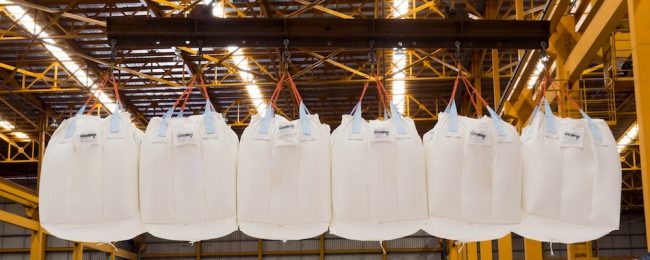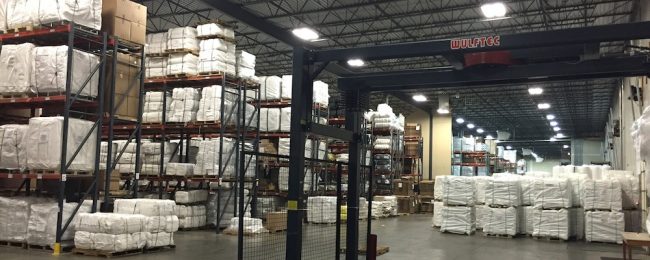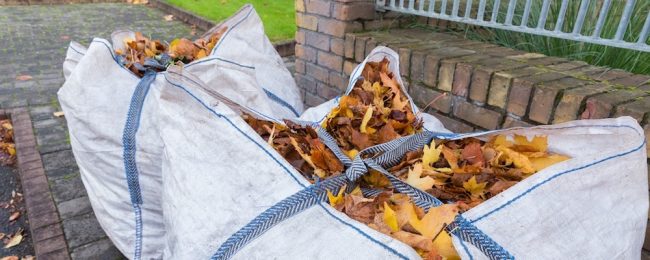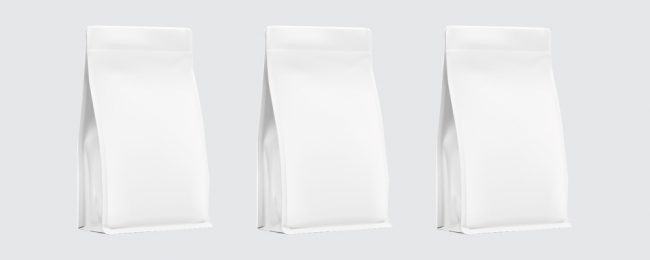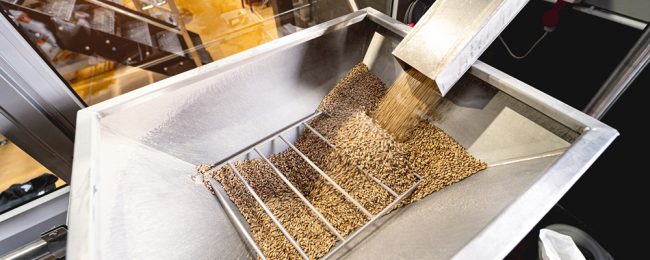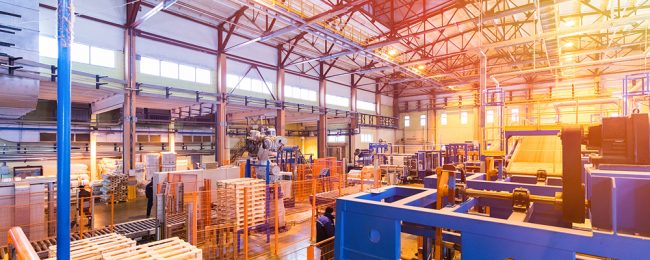Hazardous Materials and UN FIBCs
Bulk bags are being used in more situations than ever before. Construction, food, pharmaceutical, and many more industries are continually finding more uses for them in an exciting trend for bulk bag suppliers. However, certain industries and applications require bags that meet very stringent specifications in order to handle the materials contained in the bag.






